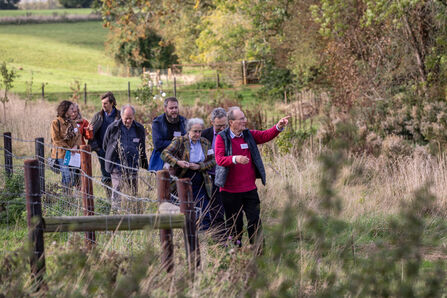The Coronation Gardens for Food and Nature project has ended. This unique partnership initiative, funded by The National Lottery Heritage Fund, ran from spring 2023 until October 2025, with one simple aim: to encourage more people to grow more food in a wildlife-friendly way.
It brought The Wildlife Trusts together with The Women’s Institute, Garden Organic and Incredible Edible to pool all our collective strengths and expertise to support people across the UK – from individuals, families and community groups, to schools, charities and prisons.






